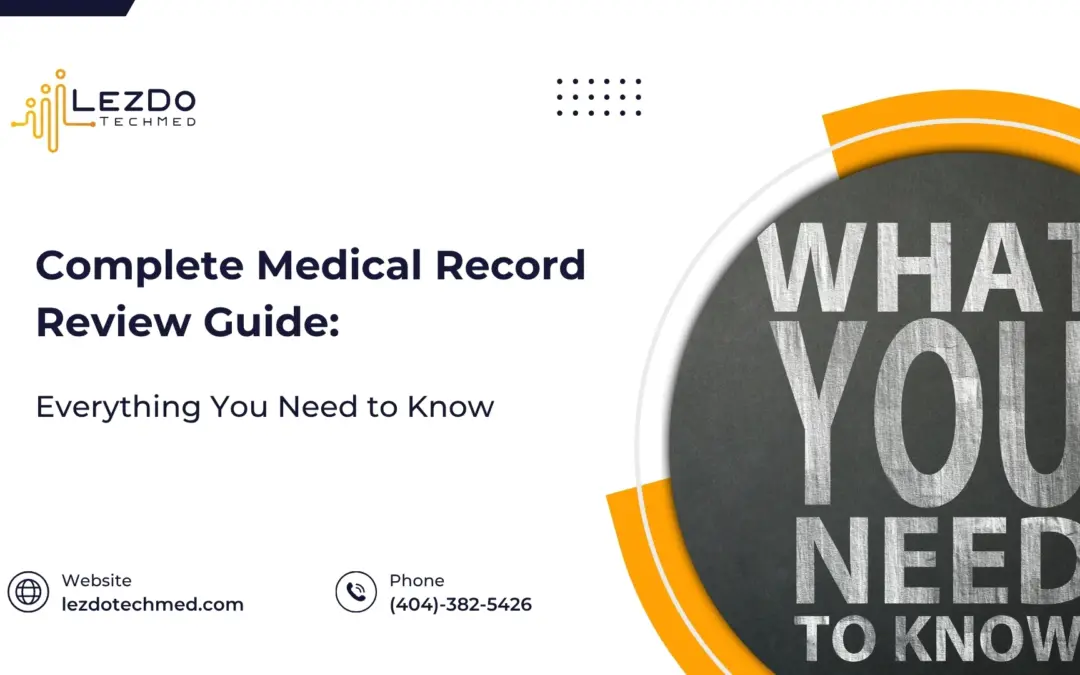Thoracic scoliosis is the development of a scoliotic curve along the thoracic spine with rotation and a Cobb angle value of at least 10 degrees. Even while scoliosis can affect any part of the spine, it most frequently affects the thoracic spine. With its length from...
Medlego Pedia
Position
Dextroscoliosis: What You Should Know
Dextroscoliosis is a type of scoliosis in which the spine has an abnormal curvature. Although abnormal curvatures can be found anywhere in the spinal column, dextroscoliosis is most commonly found in the middle and upper thoracic spine. Scoliosis is a spine curvature...
Thoracolumbar Scoliosis: Unraveling the Curve
Thoracolumbar scoliosis, also known as combined scoliosis, is a spine curvature in which the lower thoracic (middle back) and upper lumbar (lower back) of the patient are involved. After thoracic scoliosis, the most common curves are thoracolumbar and lumbar curves,...
Levoscoliosis: Understanding Left-Sided Spinal Curvature
What is levoscoliosis? Levoscoliosis is a spinal curvature in which the spine curves to the left, like the letter "C." This curve is most commonly found in the lower back- levoscoliosis of the lumbar spine. Scoliosis of the left spinal curve is less common than...
Trending Posts

3 Important Reasons Why You Need Medical Narrative Summaries to Win Claims

Tiered or Flat-Rate Medical Record Review: Which Fits Your Cases Best?

Is AI in Medical Chronologies Really Benefiting Medical Evaluators?

Complete Medical Record Review Guide: Everything You Need to Know

Different types of Medical Chart Reviews

AI Medical Data Analysis for IMEs/QMEs: How it Scales Your Business

Emerging Remdesivir Lawsuits: Remnants of the Pandemic

Building Stronger Relationships Between Evaluators and Attorneys

How to Effectively Handle HIPAA Compliance in Chart Reviews?

How to Decode Medical Terminologies for Legal Professionals?
Get our trending newsletter delivered straight to your inbox.
We are ready
to help you.
The only question is
will it be you?




